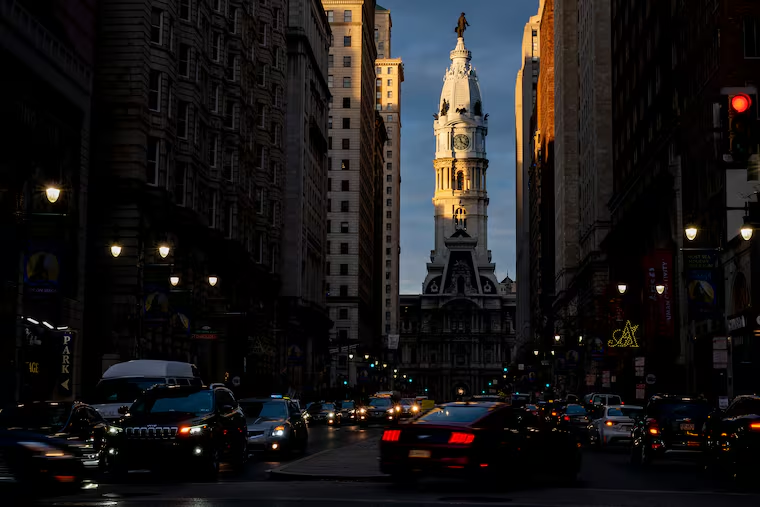Center City’s retail occupancy stays pretty stable despite retailers closing stores in recent months
Center City has also seen a decrease in total outdoor seating compared to 2021, but an increase in foot traffic, according to a recent report.

Center City has also seen a decrease in total outdoor seating compared to 2021, but an increase in foot traffic, according to a recent report.
